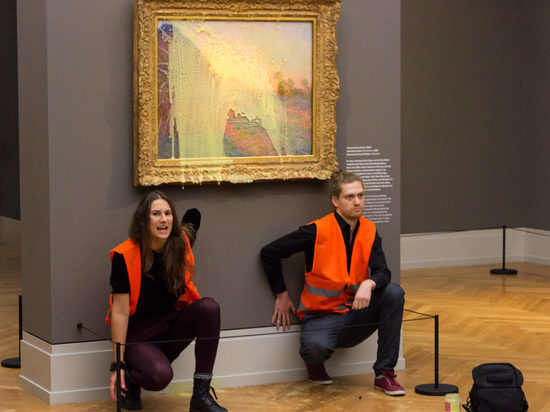
Over the past 1,5 months, top art pieces in different museums have been attacked. The attacks are always a bit different from each other. It all started with tomato soup poured over Van Gogh at the National Gallery in London. And everyone gasped and told the news. Next was Claude Monet in Potsdam. Mashed potatoes flew into it, and everything repeated: the news spread around the world within a day. Then the activists gently held Goya's frame in Madrid. Still respecting the classics, but not so hyped. And finally, Klimt was doused with black liquid last week. Everyone gasped again and told the press.

In marketing, this technique is called "explosive PR." You arrange some kind of event, about which everyone will definitely talk as it's out of the routine. It can be interesting, and the event can have an unusual turn, intrigues, scandals, and revelations. As we know, destruction and death get into the news better than love and good acts, so explosive PR often coexists with something that can cause difficulties with the justice system. Because of lawsuits on various issues, as well as the courage, you get PR, likes, subscribers, followers, advertising, and money. So everything in this world counts.
The answer to the question "Why does Van Gogh deserve this?" seems very simple: "Because of his popularity among ordinary people." Of course, who hasn't seen Van Gogh's "Sunflowers", if not in real life, but at least in a picture in a lesson at school? Or Claude Monet? Or Goya? Therefore, the heart of a mere mortal who doesn't yet know about the glass that protects masterpieces shrinks. He grabs his phone and posts the video to the Internet. And then everyone discusses some eco-activists who draw attention to the environment. But there are a few "buts".

Firstly, in this case, it is not very clear what exactly they're promoting. The first action was so vague that it led to speculation about the explosive PR of tomato soup. It seems to …